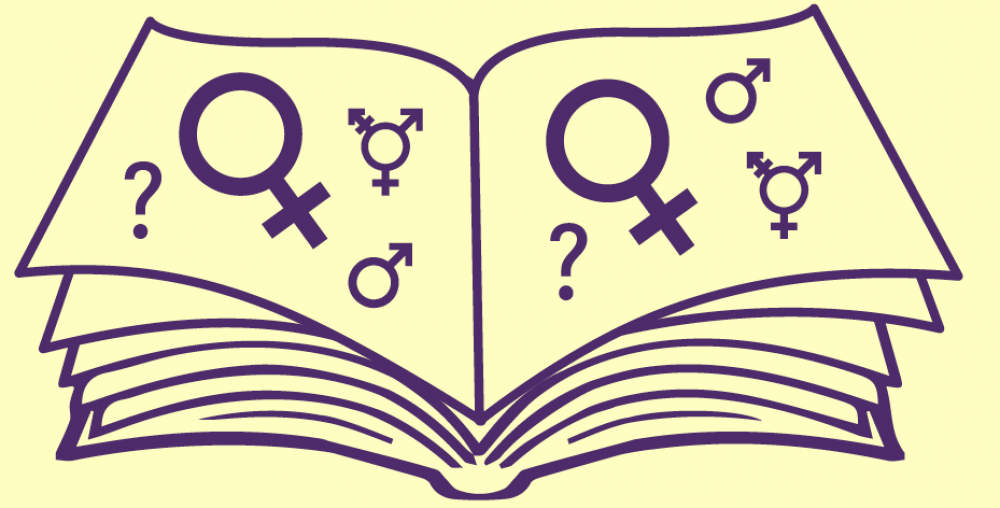There are not many references to race in the novel, The Bell Jar. They certainly are not directly but rather indirectly. In the book, the characters and their races are not specified but based on descriptions, they are interpreted. Race and discrimination in the 1960s was one of those topics that created separation in society. At the time, it was at its peak so it would make sense that in novel where there were white characters that the issue of race would be indirectly mentioned. Race may not have been a central theme in the book but the separation of gender and class was. Women in general faced heavy scrutiny for wanting to step outside the stereotypical gender role of cooking, cleaning, and taking care of a family and most notable, remaining pure until marriage. By gender, both black and white women were forced to remain in these roles. Most women wanted to escape it through sexual means.
Esther was no different in the book. She was confined in the stereotypical gender role of women and wanting to break out of it made her face mental and physical instability. For Esther sexual experience truly divided the world as she said in chapter seven.”When I was nineteen, pureness was the great issue. Instead of the world being divided up into Catholics and Protestants or Republicans and Democrats or white men and black men or even men and women, I saw the world divided into people who had slept with somebody and people who hadn’t, and this seemed the only really significant difference between one person and another” (Plath82). Esther doesn’t view a separation on race but rather between women who have slept with someone and women who haven’t.Esther sets out to defy conventional expectations by losing her virginity with someone she does not expect to marry. But Esther has a certain freedom to have sex, Unknowingly its not the same for colored women. Rape and sexual aggression was something that took away that freedom. Audre Lorde acknowledges this in her writing, “Age, Race, Class and Sex”, as well. “Black women still refuse to recognize that we are also oppressed as women and that sexual hostility against black women is practiced”(Lorde119).



